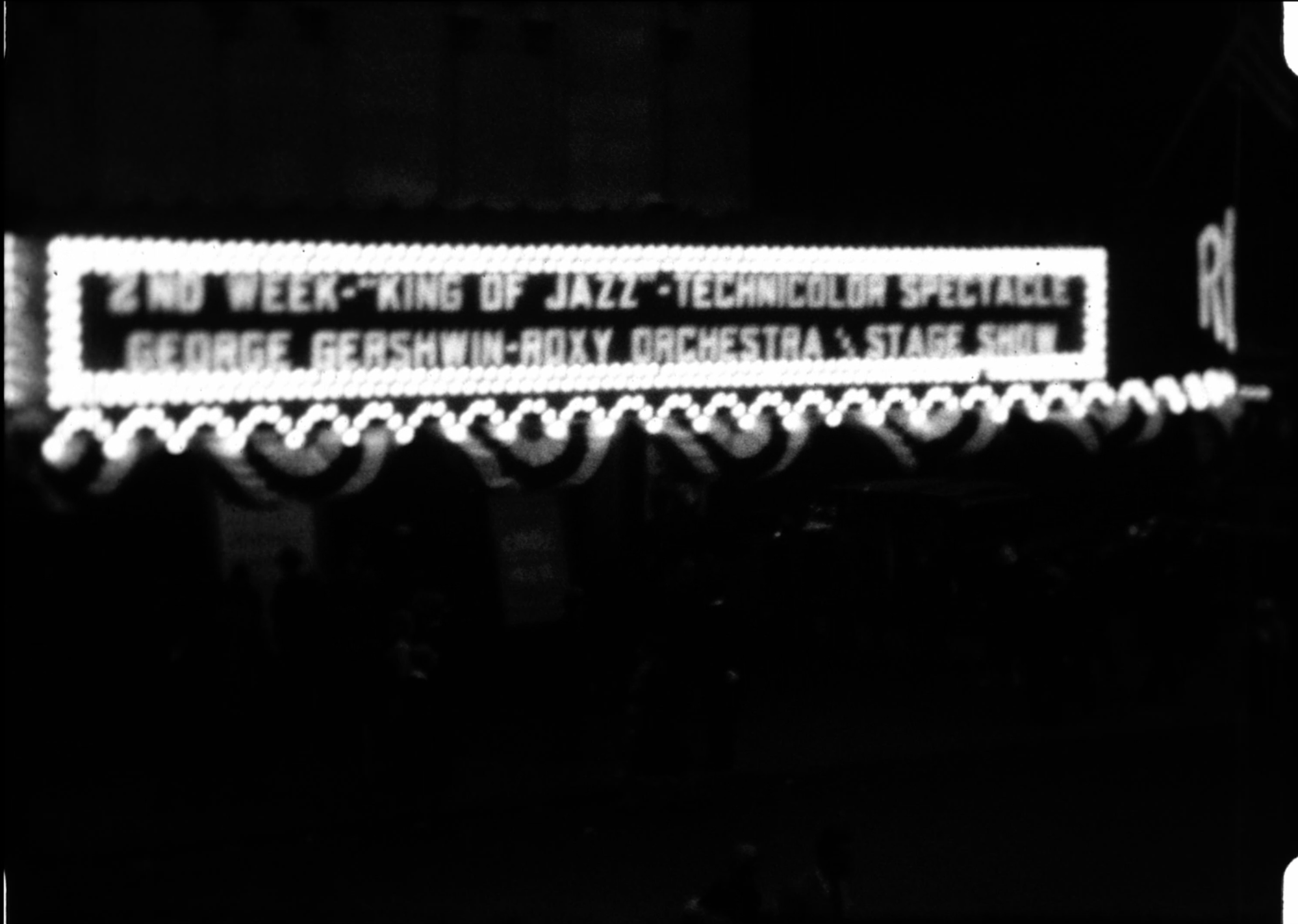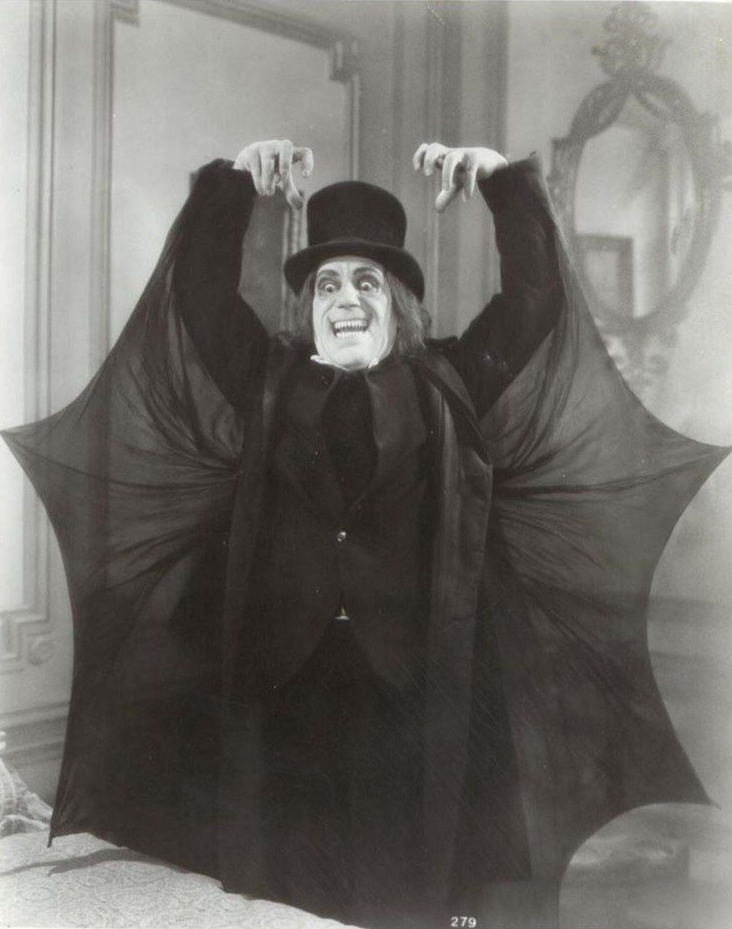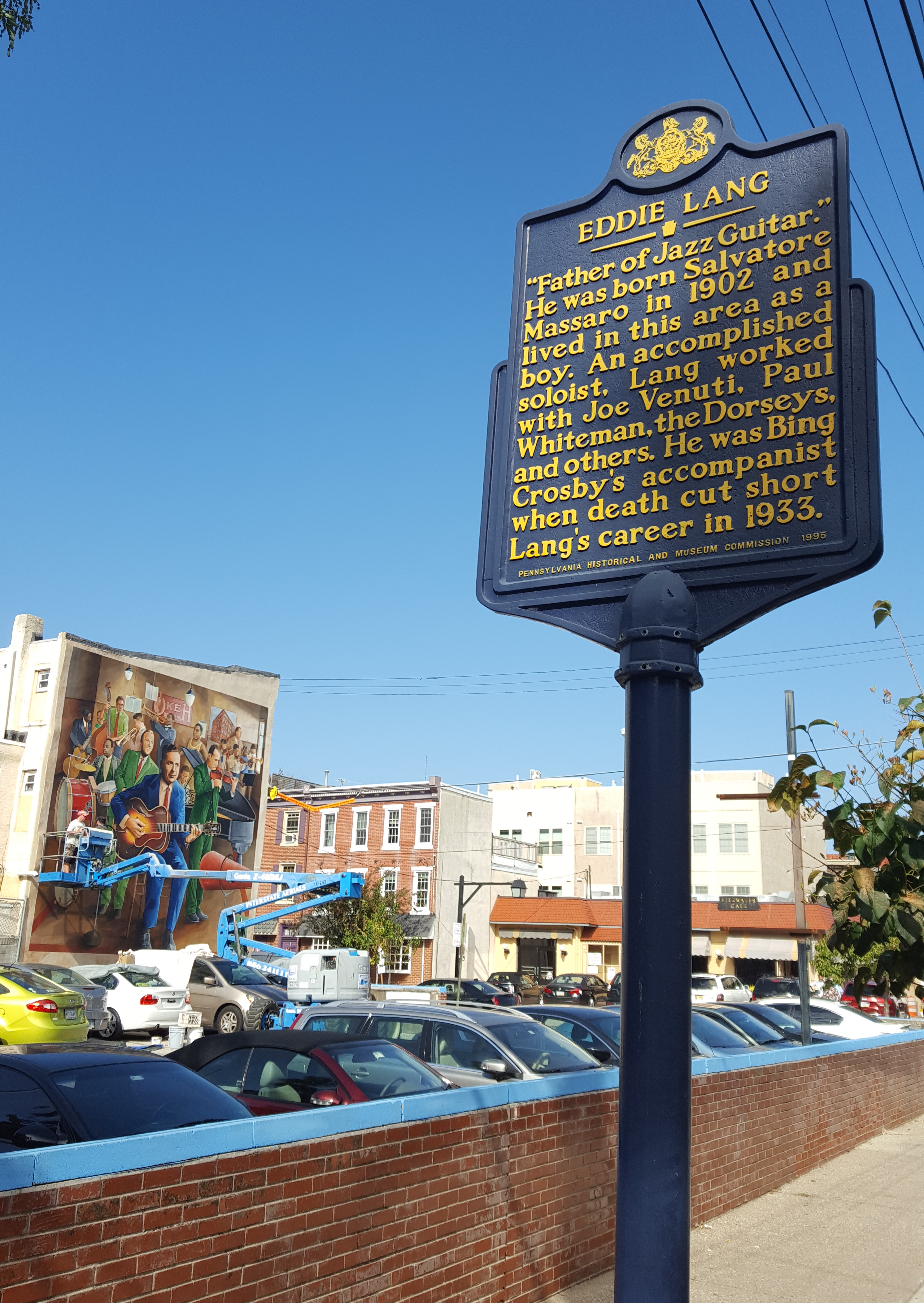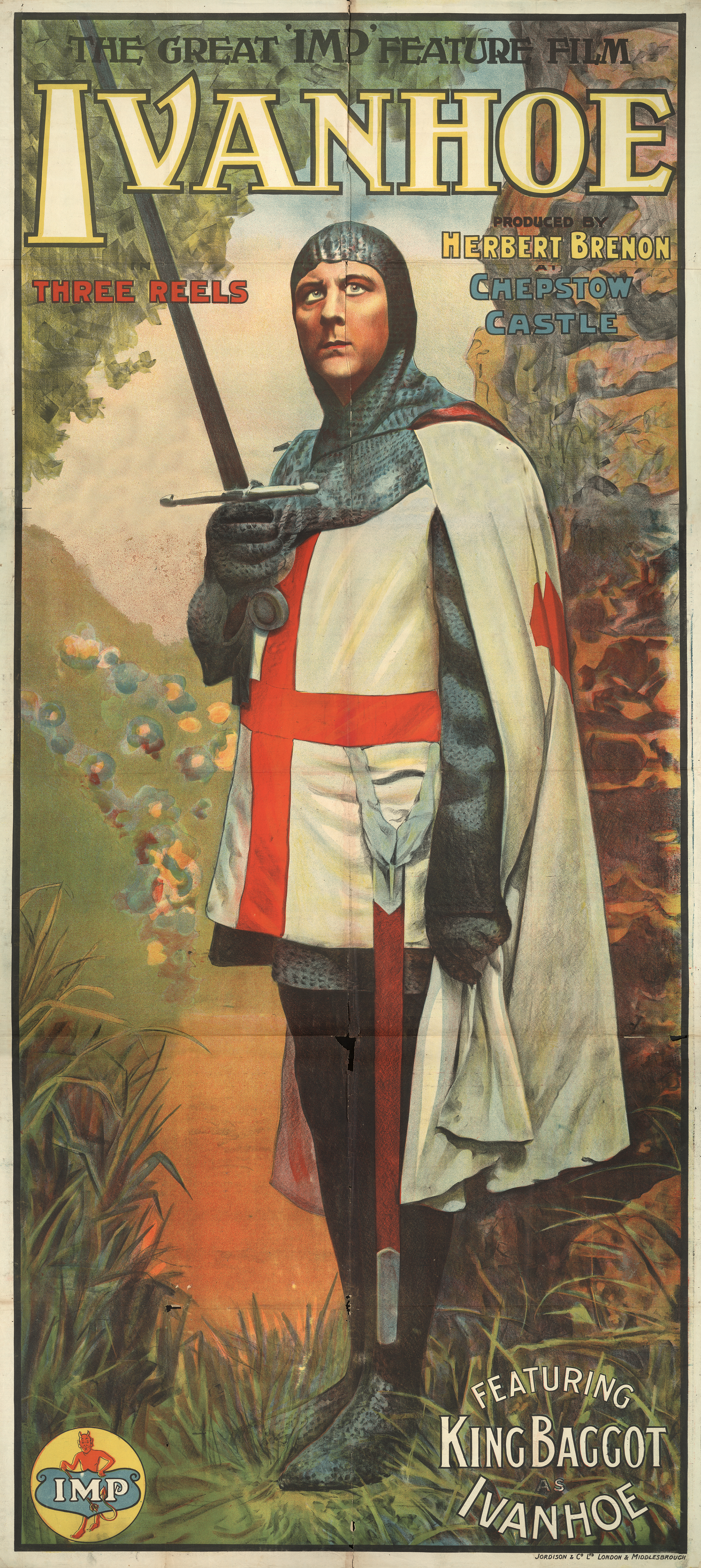|
King Of Jazz
'' King of Jazz'' is a 1930 American Pre-Code Hollywood, pre-Code color musical film starring Paul Whiteman and his orchestra. The film title refers to Whiteman's popular cultural appellation. At the time the film was made, "jazz", to the general public, meant jazz-influenced syncopated dance music heard on phonograph records, on radio broadcasts, and in dance halls. In the 1920s Whiteman signed and featured white jazz musicians including Joe Venuti and Eddie Lang (both are seen and heard in the film), Bix Beiderbecke (who had left before filming began), Frank Trumbauer, and others. ''King of Jazz'' was filmed in the early two-color Technicolor process and was produced by Carl Laemmle Jr. for Universal Pictures. The film featured several songs sung on camera by the The Rhythm Boys, Rhythm Boys (Bing Crosby, Al Rinker and Harry Barris), as well as off-camera solo vocals by Crosby during the opening credits and, very briefly, during a cartoon sequence. ''King of Jazz'' still survi ... [...More Info...] [...Related Items...] OR: [Wikipedia] [Google] [Baidu] |
John Murray Anderson
John Murray Anderson (September 20, 1886 – January 30, 1954) was a Canadian theatre director and producer, songwriter, actor, screenwriter, dancer and lighting designer, who made his career in the United States, primarily in New York City and Hollywood. He worked in almost every genre of show business, including vaudeville, Broadway, and film. He also directed plays in London. Early life and education John Murray Anderson was born in 1886 in St. John's, Newfoundland, the son of Hon. John Anderson and his wife. His brother was Hugh Abercrombie Anderson. Anderson received his early education at Bishop Feild College in St. John's. He was sent to Europe for additional studies at Edinburgh Academy in Scotland. He entered college at the University of Lausanne in Switzerland. Later, he also studied singing with Sir Charles Stanley and art with Sir Herbert Beerbohm Tree in London. Career After completing studies in Europe, Anderson moved to New York City, where he became an antiqu ... [...More Info...] [...Related Items...] OR: [Wikipedia] [Google] [Baidu] |
Jack Yellen
Jack Selig Yellen (Jacek Jeleń; July 6, 1892 – April 17, 1991) was an American lyricist and screenwriter. He is best remembered for writing the lyrics to the songs "Happy Days Are Here Again", which was used by Franklin Roosevelt as the theme song for his successful 1932 presidential campaign, and "Ain't She Sweet", a Tin Pan Alley standard. Early life and education Born to a Jewish family in Poland, Yellen emigrated with his family to the United States when he was five years old. The oldest of seven children, he was raised in Buffalo, New York and began writing songs in high school. He graduated with honors from the University of Michigan in 1913 where he was a member of the Pi Lambda Phi fraternity. After graduating he became a reporter for the '' Buffalo Courier'', continuing to write songs on the side. Career Yellen's first collaborator on a song was George L. Cobb, with whom he wrote a number of Dixie songs including " Alabama Jubilee", " Are You From Dixie?", and "All ... [...More Info...] [...Related Items...] OR: [Wikipedia] [Google] [Baidu] |
Lost Film
A lost film is a feature or short film that no longer exists in any studio archive, private collection, public archive or the U.S. Library of Congress. Conditions During most of the 20th century, U.S. copyright law required at least one copy of every American film to be deposited at the Library of Congress at the time of copyright registration, but the Librarian of Congress was not required to retain those copies: "Under the provisions of the act of March 4, 1909, authority is granted for the return to the claimant of copyright of such copyright deposits as are not required by the Library." A report created by Library of Congress film historian and archivist David Pierce claims: * 75% of original silent-era films have perished. * 14% of the 10,919 silent films released by major studios exist in their original 35 mm or other formats. * 11% survive only in full-length foreign versions or film formats of lesser image quality. Of the American sound films made from 1927 to ... [...More Info...] [...Related Items...] OR: [Wikipedia] [Google] [Baidu] |
The Rhythm Boys
The Rhythm Boys were an American male singing trio consisting of Bing Crosby, Harry Barris and Al Rinker. Crosby and Rinker began performing together in 1925 and were recruited by Paul Whiteman in late 1926. Pianist/singer/songwriter Barris joined the team in 1927. They made a number of recordings with the Whiteman Orchestra and released singles in their own right with Barris on piano. They appeared with the Whiteman orchestra in the film ''King of Jazz'' (Universal Pictures, 1930), in which they sang "Mississippi Mud", "So the Bluebirds and the Blackbirds Got Together", "A Bench in the Park", and "Happy Feet". They are best remembered for launching Crosby's solo career, one that would make him the greatest song charting act in history and one of the most influential entertainers of the twentieth century. Beginnings Al Rinker's high school band called the ''Musicaladers'' (''musical aiders'') had to let go of their drummer. Coincidentally, Crosby had bought a set of drums and learn ... [...More Info...] [...Related Items...] OR: [Wikipedia] [Google] [Baidu] |
Frank Trumbauer
Orie Frank Trumbauer (May 30, 1901 – June 11, 1956) was an American jazz saxophonist of the 1920s and 1930s. His main instrument was the C-melody saxophone, a now-uncommon instrument between an alto and tenor saxophone in size and pitch. He also played alto saxophone, bassoon, clarinet and several other instruments. He was a composer of sophisticated sax melodies, one of the major small group jazz bandleaders of the 1920s and 1930s. His landmark recording of " Singin' the Blues" with Bix Beiderbecke and Eddie Lang in 1927, was inducted into the Grammy Hall of Fame in 1977. His major recordings included "Krazy Kat", "Red Hot", "Plantation Moods", "Trumbology", " Tailspin", "Singin' the Blues", "Wringin' an' Twistin'", and " For No Reason at All in C" with Bix Beiderbecke and Eddie Lang, and the first hit recording of "Georgia On My Mind" in 1931. "Tram" was described as one of the most influential and important jazz saxophonists of the 1920s and 1930s, particularly influenci ... [...More Info...] [...Related Items...] OR: [Wikipedia] [Google] [Baidu] |
Bix Beiderbecke
Leon Bismark "Bix" Beiderbecke (March 10, 1903 – August 6, 1931) was an American jazz cornetist, pianist and composer. Beiderbecke was one of the most influential jazz soloists of the 1920s, a cornet player noted for an inventive lyrical approach and purity of tone, with such clarity of sound that one contemporary famously described it like "shooting bullets at a bell. His solos on seminal recordings such as "Singin' the Blues" and "I'm Coming, Virginia" (both 1927) demonstrate a gift for extended improvisation that heralded the jazz ballad style, in which jazz solos are an integral part of the composition. Moreover, his use of extended chords and an ability to improvise freely along harmonic as well as melodic lines are echoed in post-WWII developments in jazz. " In a Mist" (1927) is the best known of Beiderbecke's published piano compositions and the only one that he recorded. His piano style reflects both jazz and classical (mainly impressionist) influences. All five of ... [...More Info...] [...Related Items...] OR: [Wikipedia] [Google] [Baidu] |
Eddie Lang
Eddie Lang (born Salvatore Massaro, October 25, 1902 – March 26, 1933) was an American musician who is credited as the father of jazz guitar. During the 1920s, he gave the guitar a prominence it previously lacked as a solo instrument, as part of a band or orchestra, and as accompaniment for vocalists. He recorded duets with guitarists Lonnie Johnson and Carl Kress and jazz violinist Joe Venuti, and played rhythm guitar in the Paul Whiteman Orchestra and was the favoured accompanist of Bing Crosby. Biography The son of an Italian-American instrument maker, Lang was born in Philadelphia, Pennsylvania, and grew up with violinist Joe Venuti. His first instrument was violin when he was seven. He performed on violin in 1917 and became a member of a trio. In 1920, he dropped the violin for banjo and worked with Charlie Kerr, then Bert Estlow, Vic D'Ippolito, and Billy Lustig's Scranton Siren Orchestra. A few years later, he dropped the banjo for guitar when he became a me ... [...More Info...] [...Related Items...] OR: [Wikipedia] [Google] [Baidu] |
Joe Venuti
Giuseppe "Joe" Venuti (September 16, 1903 – August 14, 1978) was an American jazz musician and pioneer jazz violinist. Considered the father of jazz violin, he pioneered the use of string instruments in jazz along with the guitarist Eddie Lang, a friend since childhood. Through the 1920s and early 1930s, Venuti and Lang made many recordings as leader and as featured soloists. He and Lang became so well known for their 'hot' violin and guitar solos that on many commercial dance recordings they were hired to do 12- or 24-bar duos towards the end of otherwise stock dance arrangements. In 1926, Venuti and Lang started recording for the OKeh label as a duet (after a solitary duet issued on Columbia), followed by "Blue Four" combinations, which are considered milestone jazz recordings. Venuti also recorded commercial dance records for OKeh under the name "New Yorkers". He worked with Benny Goodman, Adrian Rollini, the Dorsey Brothers, Bing Crosby, Bix Beiderbecke, Jack Teagard ... [...More Info...] [...Related Items...] OR: [Wikipedia] [Google] [Baidu] |
Musical Film
Musical film is a film genre in which songs by the characters are interwoven into the narrative, sometimes accompanied by dancing. The songs usually advance the plot or develop the film's characters, but in some cases, they serve merely as breaks in the storyline, often as elaborate "production numbers". The musical film was a natural development of the stage musical after the emergence of sound film technology. Typically, the biggest difference between film and stage musicals is the use of lavish background scenery and locations that would be impractical in a theater. Musical films characteristically contain elements reminiscent of theater; performers often treat their song and dance numbers as if a live audience were watching. In a sense, the viewer becomes the diegetic audience, as the performer looks directly into the camera and performs to it. With the advent of sound in the late 1920s, musicals gained popularity with the public and are exemplified by the films of Busb ... [...More Info...] [...Related Items...] OR: [Wikipedia] [Google] [Baidu] |
Pre-Code Hollywood
Pre-Code Hollywood was the brief era in the American film industry between the widespread adoption of sound in film in 1929LaSalle (2002), p. 1. and the enforcement of the Motion Picture Production Code censorship guidelines, popularly known as the "Hays Code", in mid-1934. Although the Code was adopted in 1930, oversight was poor, and it did not become rigorously enforced until July 1, 1934, with the establishment of the Production Code Administration (PCA). Before that date, film content was restricted more by local laws, negotiations between the Studio Relations Committee (SRC) and the major studios, and popular opinion, than by strict adherence to the Hays Code, which was often ignored by Hollywood filmmakers. As a result, some films in the late 1920s and early 1930s depicted or implied sexual innuendo, romantic and sexual relationships between white and black people, mild profanity, illegal drug use, promiscuity, prostitution, infidelity, abortion, intense violence ... [...More Info...] [...Related Items...] OR: [Wikipedia] [Google] [Baidu] |
Universal Pictures
Universal Pictures (legally Universal City Studios LLC, also known as Universal Studios, or simply Universal; common metonym: Uni, and formerly named Universal Film Manufacturing Company and Universal-International Pictures Inc.) is an American film production and distribution company owned by Comcast through the NBCUniversal Film and Entertainment division of NBCUniversal. Founded in 1912 by Carl Laemmle, Mark Dintenfass, Charles O. Baumann, Adam Kessel, Pat Powers, William Swanson, David Horsley, Robert H. Cochrane, and Jules Brulatour, Universal is the oldest surviving film studio in the United States; the world's fifth oldest after Gaumont, Pathé, Titanus, and Nordisk Film; and the oldest member of Hollywood's "Big Five" studios in terms of the overall film market. Its studios are located in Universal City, California, and its corporate offices are located in New York City. In 1962, the studio was acquired by MCA, which was re-launched as NBCUniversal in ... [...More Info...] [...Related Items...] OR: [Wikipedia] [Google] [Baidu] |
Technicolor
Technicolor is a series of color motion picture processes, the first version dating back to 1916, and followed by improved versions over several decades. Definitive Technicolor movies using three black and white films running through a special camera (3-strip Technicolor or Process 4) started in the early 1930s and continued through to the mid-1950s when the 3-strip camera was replaced by a standard camera loaded with single strip 'monopack' color negative film. Technicolor Laboratories were still able to produce Technicolor prints by creating three black and white matrices from the Eastmancolor negative (Process 5). Process 4 was the second major color process, after Britain's Kinemacolor (used between 1908 and 1914), and the most widely used color process in Hollywood during the Golden Age of Hollywood. Technicolor's three-color process became known and celebrated for its highly saturated color, and was initially most commonly used for filming musicals such as ''The Wizar ... [...More Info...] [...Related Items...] OR: [Wikipedia] [Google] [Baidu] |

.jpg)





.jpg)


